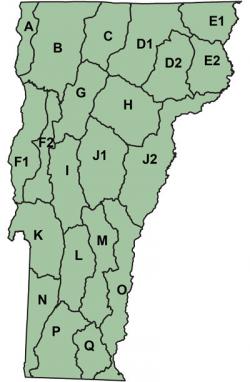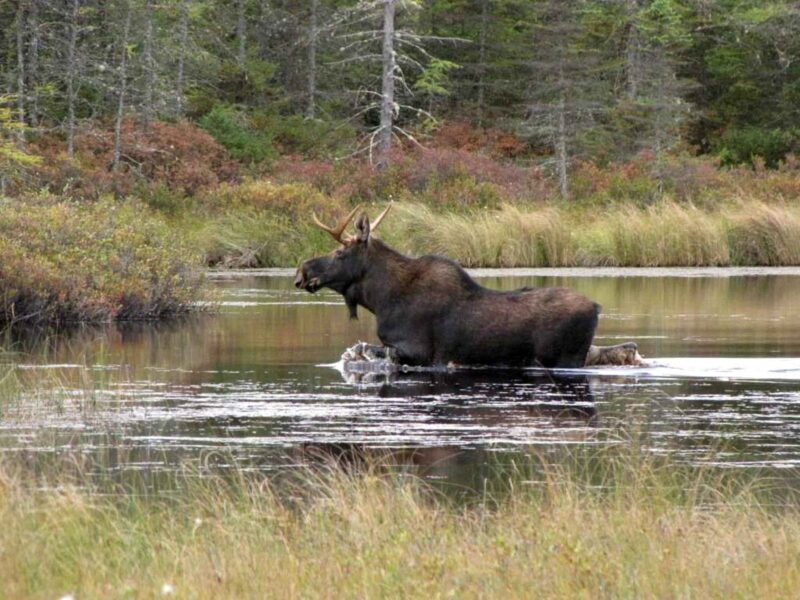Vermont Opens 2025 Moose License Applications For Residents, Non-Residents
Zac K. 04.11.25

If you’re looking to go on a moose hunt in the northeast this year, get over to the Vermont Fish and Wildlife Department website. They’re opening up the application process to both residents and non-residents, with the year’s allotment of licenses set.
Earlier in April, the Vermont Fish and Wildlife Board voted to issue 80 either-sex moose hunting permits (valid for males or females) and 100 antlerless permits for Vermont Wildlife Management Unit E. This WMU is in the northeastern corner of Vermont, bordered by Canada to the north and New Hampshire to the east; see more info on specific boundaries here at Vermont’s Fish and Wildlife Department website.

The tags issued are not valid in any other WMUs, and the fish-and-game officials say that this is a science-based hunt expected to result in about 86 moose harvested of the 180 licenses. That’s roughly 10 percent of the population of WMU E.
There is a slight discrepancy between the number of tags announced initially and the numbers listed on Vermont’s application website. The website says there are 174 permits available for lottery, including 20 archery permits for the October 1-7 bow season and 154 permits (including five veteran permits) for the October 19-24 regular season. Those 154 permits break down to 54 either-sex permits and 100 antlerless-only permits, the lottery website says.

Part of the reasoning behind the hunt is that the wildlife authorities want to reduce the impact of ticks on the herd in WMU E.
“Moose are abundant in WMU-E with significantly higher population density than in any other part of the state,” said Nick Fortin, Vermont Fish and Wildlife’s moose project leader. “The higher moose density supports high numbers of winter ticks, which negatively impact moose health and survival.”
In other words, they’re saying they want to thin the herd out to keep it healthier. Fortin said that reducing the density of the herd means it’s harder for winter ticks to impact the population. With ticks a killer of moose calves, the authorities want to issue these licenses to keep the moose herds healthy in the long term. In Maine, to the north of Vermont, ticks wiped out almost 90 percent of the moose calves tracked by researchers in 2021. Vermont appears to be keen to avoid having the same thing happen down there.

